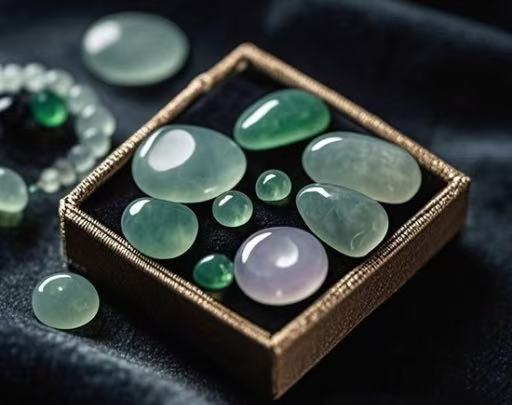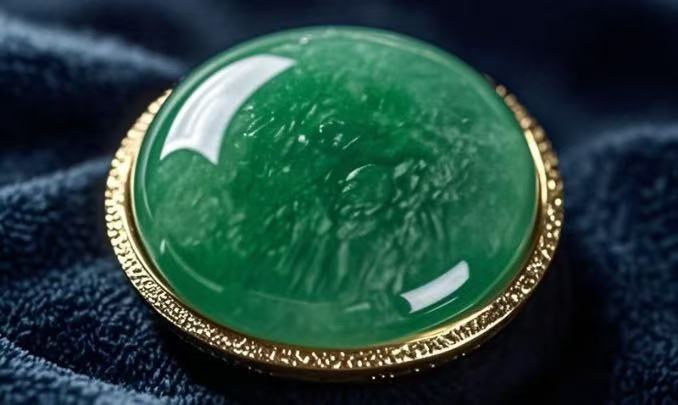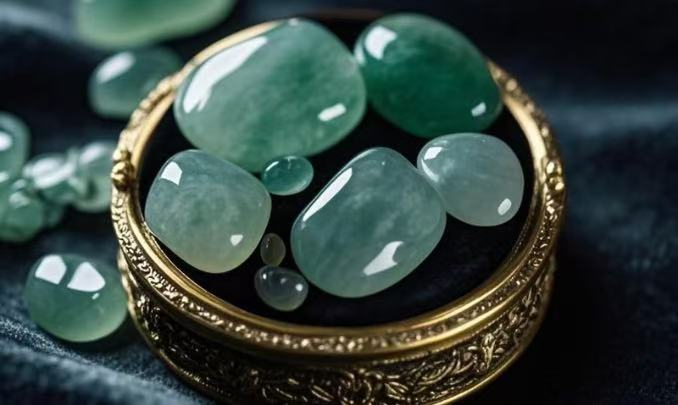
Who Buys Jade
Market Demand for Jade
Jade, a precious natural mineral, has long held cultural significance in Asia. People use it not only for jewelry and crafts but also for collection and investment. In recent years, as economic conditions improve and cultural consumption diversifies, the jade market has expanded, attracting a wider range of buyers.
Geographically, China, Myanmar, Japan, and Southeast Asian countries dominate jade consumption. Chinese buyers account for a significant share of global jade trade, particularly for high-end varieties like jadeite and nephrite. Additionally, collectors and fashion enthusiasts in Western markets have shown growing interest, boosting international transactions.

Key Consumer Groups
1. Collectors and Investors
Due to its scarcity and cultural value, jade attracts many collectors and investors. Premium-quality jade, especially jadeite and Hetian jade, has seen rising prices, drawing substantial capital. These buyers typically have strong financial resources and focus on quality, origin, and appreciation potential. Auction houses and private deals serve as their primary purchasing channels.
2. Jewelry and Fashion Consumers
Jade plays a key role in jewelry design, with luxury brands and independent designers incorporating it into modern pieces. Younger consumers increasingly embrace jade, particularly contemporary-style jade jewelry that blends tradition with fashion trends. These buyers prioritize design and wearability, with flexible price preferences.
3. Traditional Culture Enthusiasts
In Chinese culture, jade symbolizes luck, nobility, and eternity, making it highly valued among traditionalists. These buyers purchase jade not only for adornment but also for cultural preservation. They often favor classic craftsmanship and designs, such as jade pendants and bangles, and willingly pay a premium for pieces with cultural significance.
4. Gift Market
Jade products frequently serve as high-end gifts, especially in business exchanges and during major holidays. Due to its auspicious meaning and investment value, many companies and individuals choose jade as presents. Demand in this segment remains stable, with sales peaking around traditional festivals like Chinese New Year and Mid-Autumn Festival.

Future Trends
As consumers increasingly value sustainability and cultural heritage, the jade market is expected to grow further. Transparent supply chains and certification systems will enhance buyer confidence, while innovative designs will attract younger audiences. Additionally, the rise of online trading platforms makes jade purchases more accessible, expanding the potential customer base.
Overall, jade buyers span multiple groups—from investors to fashion lovers, from cultural traditionalists to gift shoppers. Diverse demand drives industry growth, with significant potential for future expansion.
